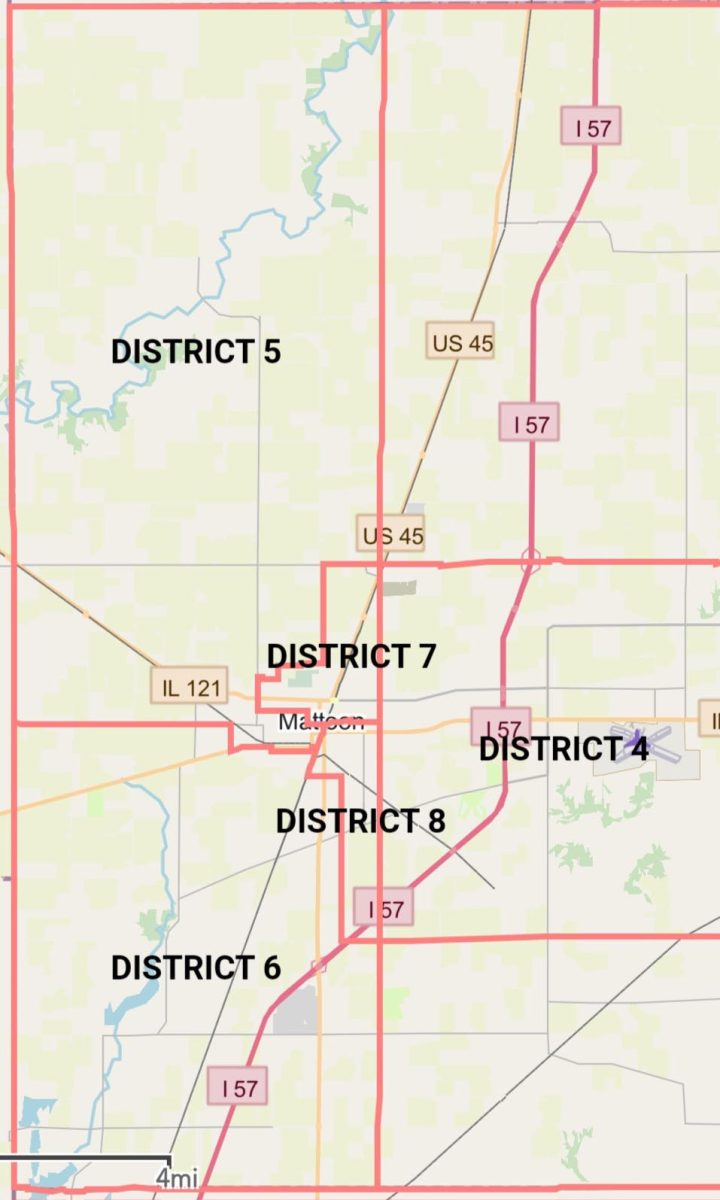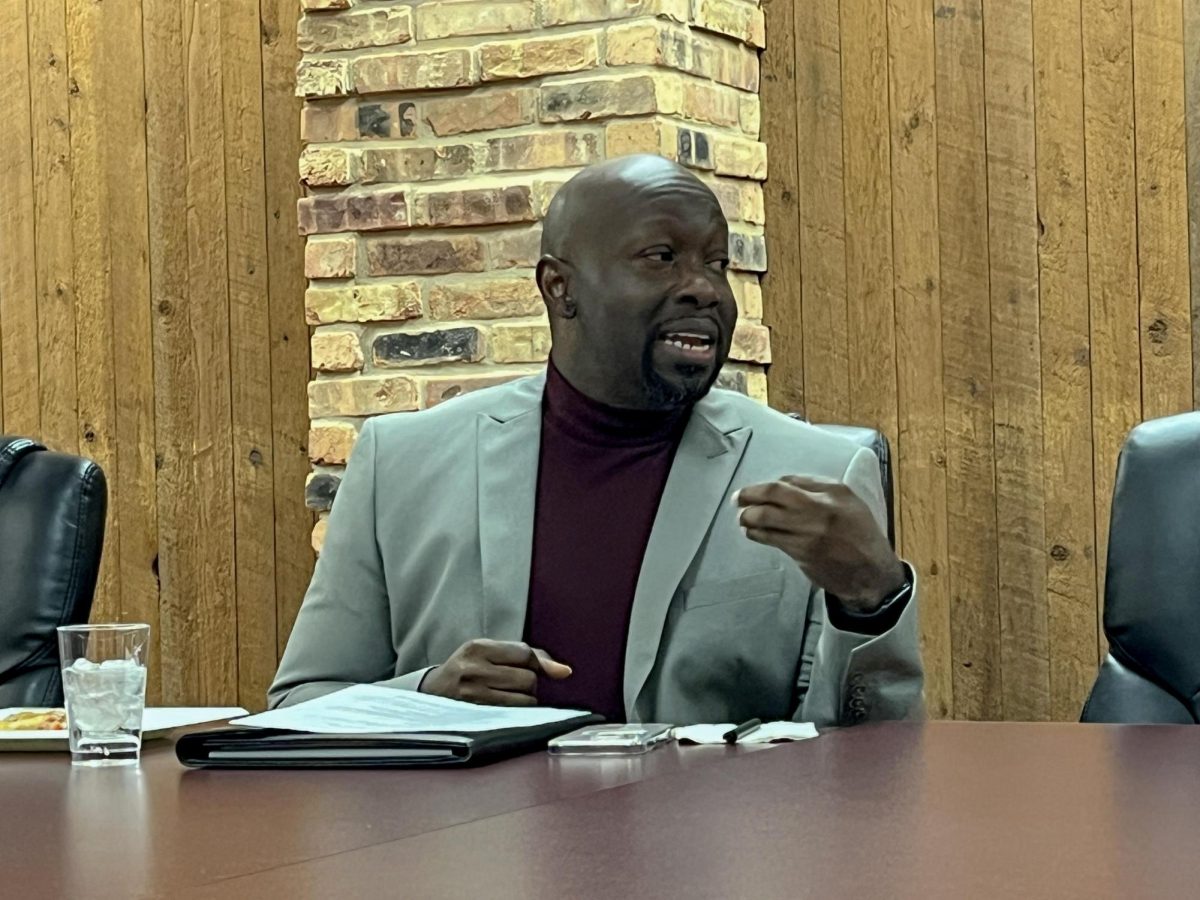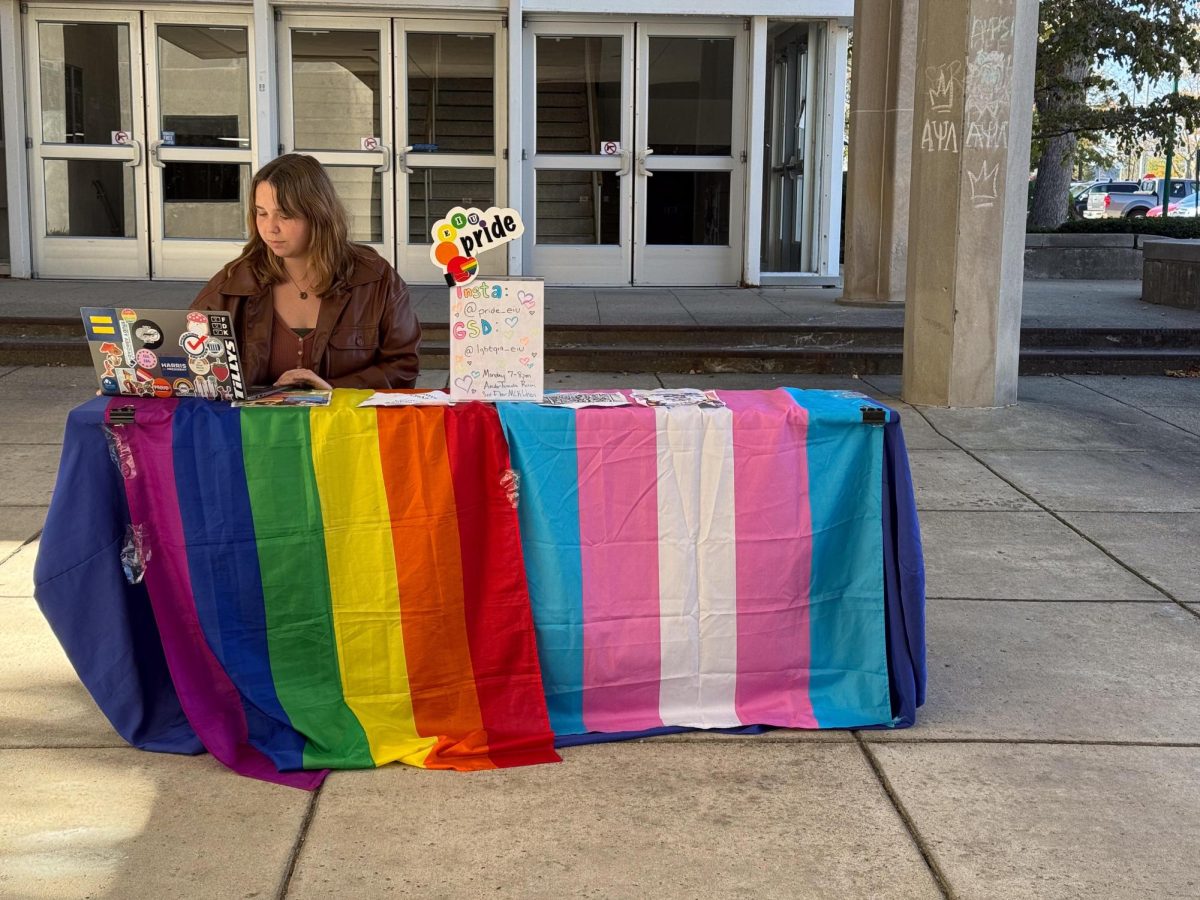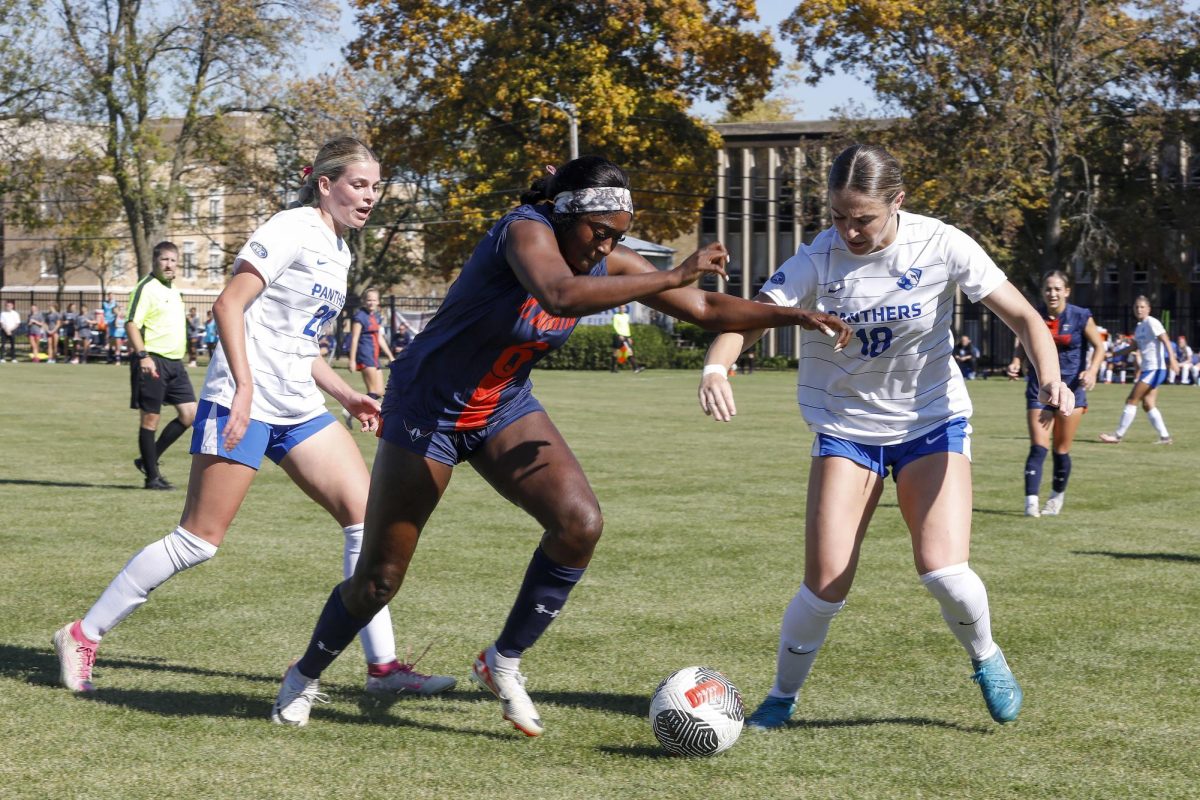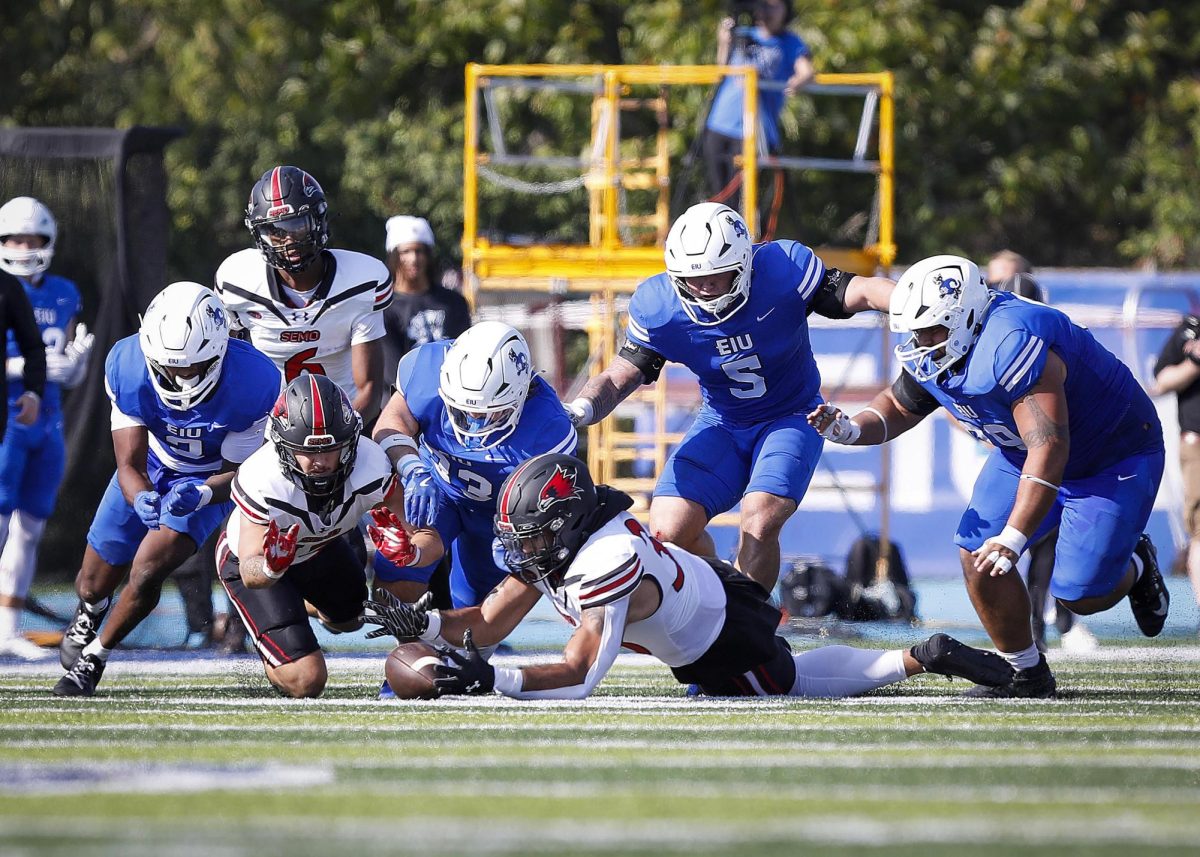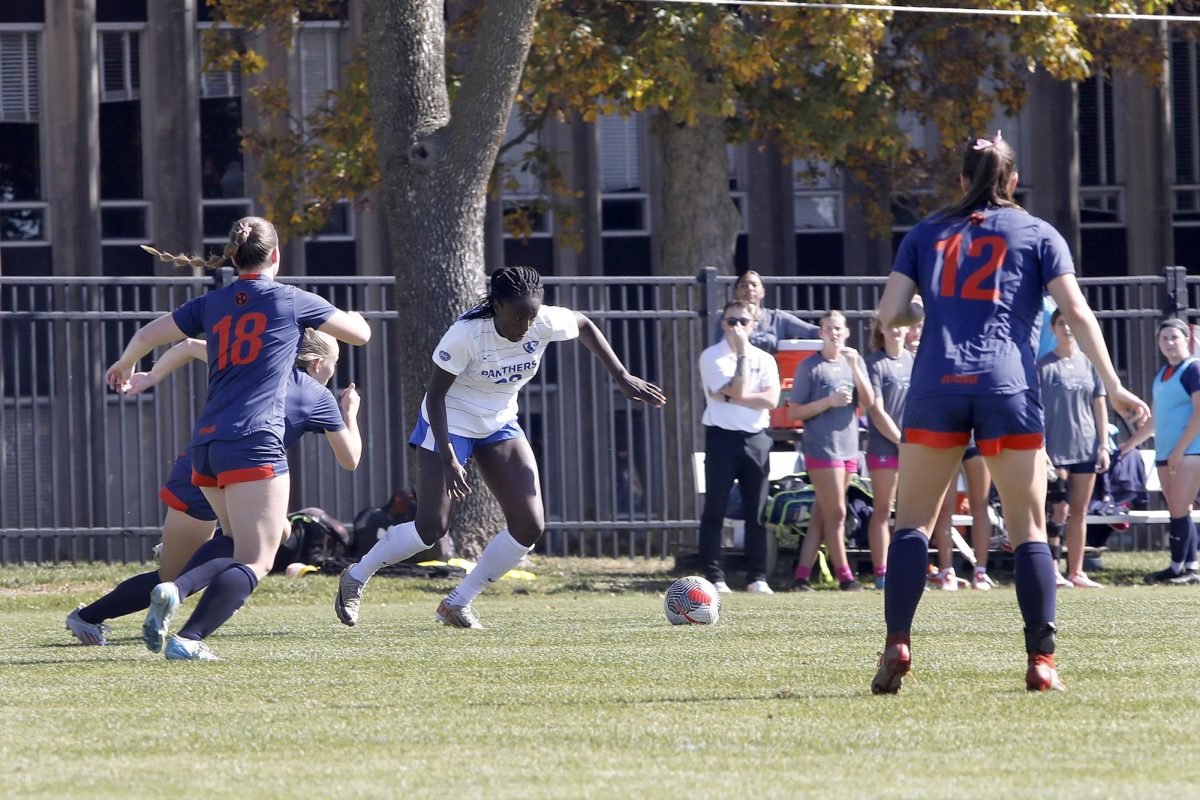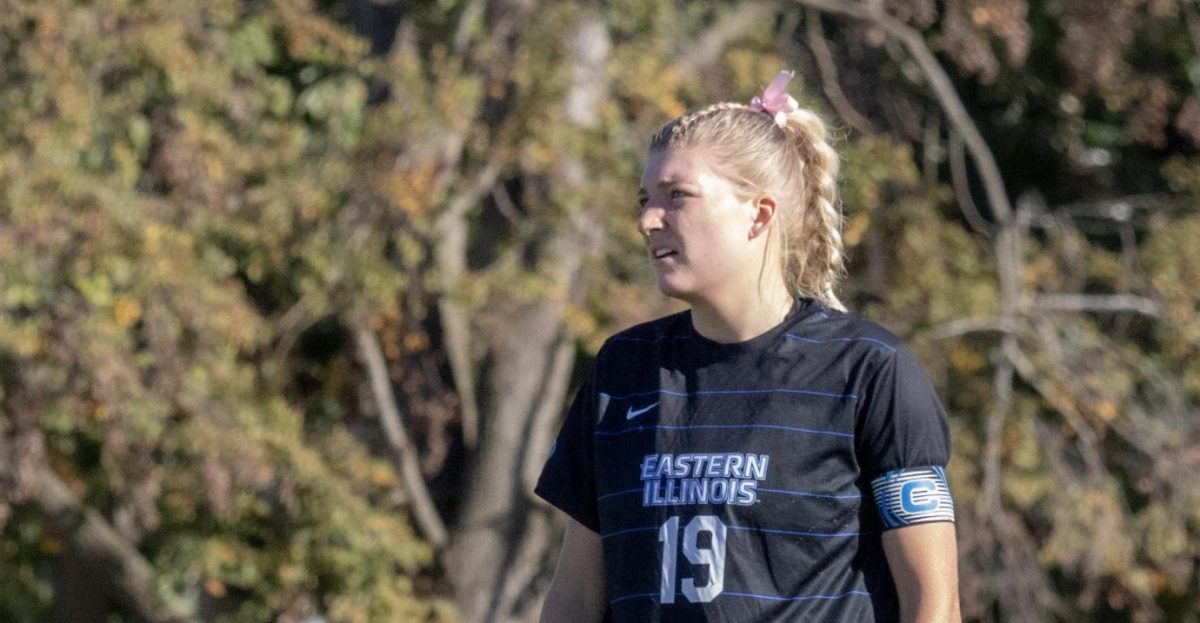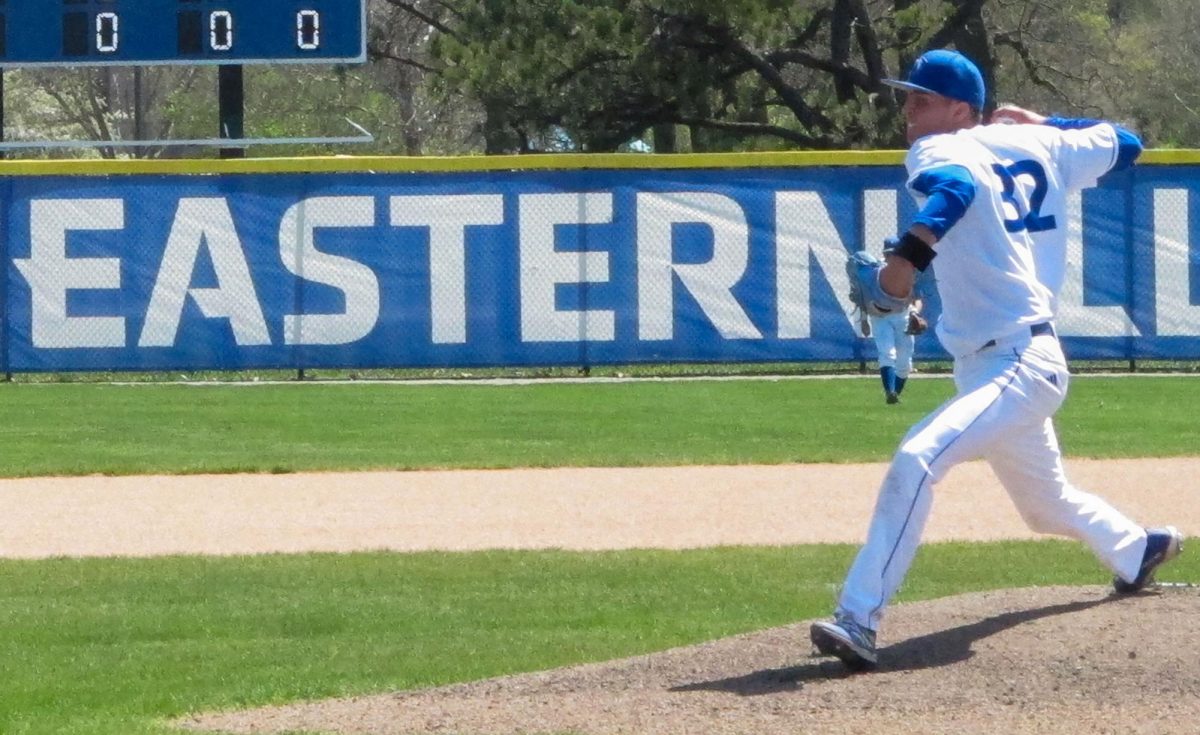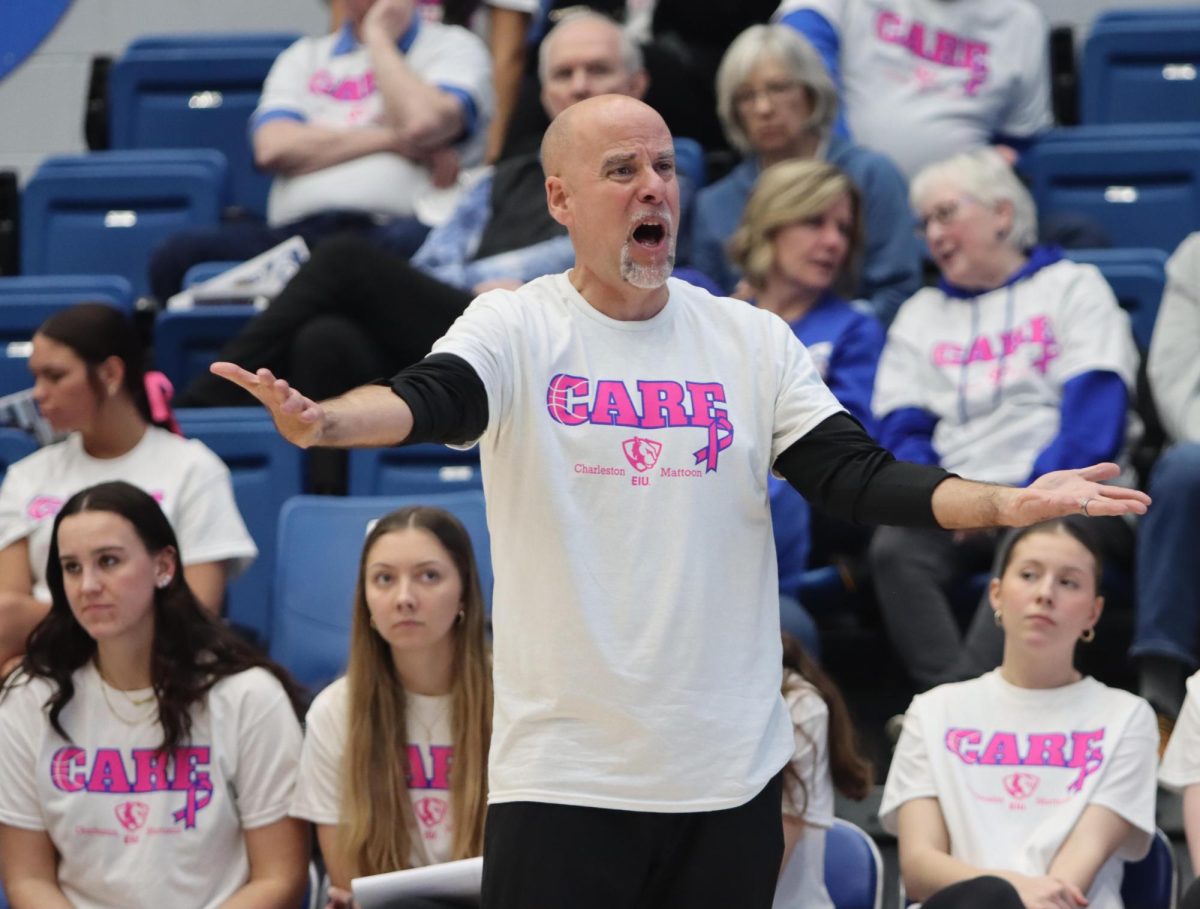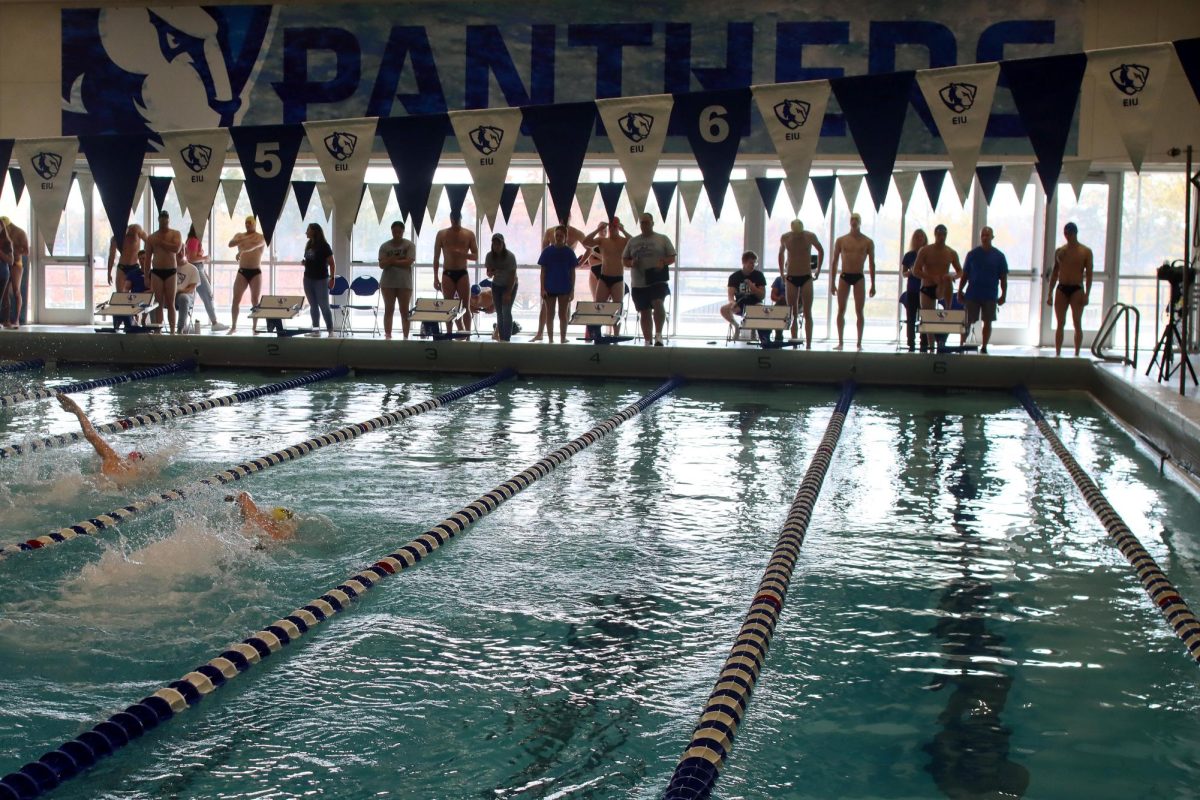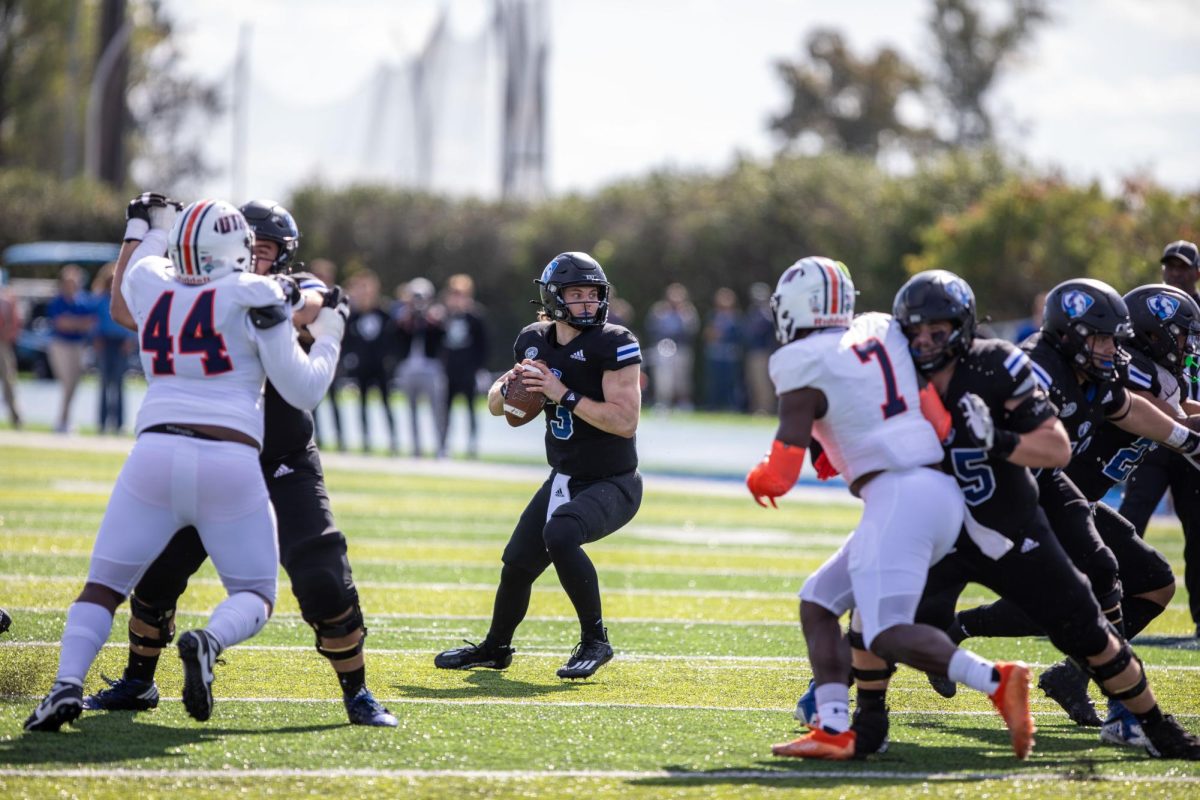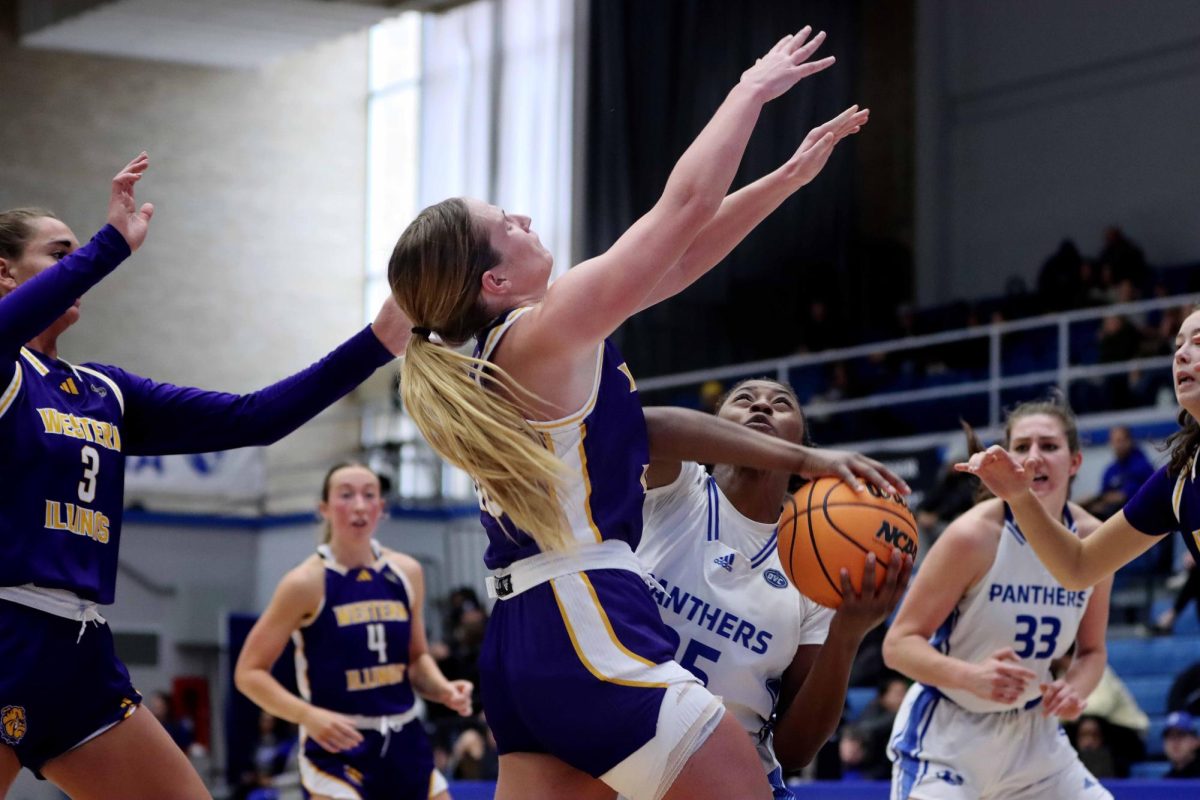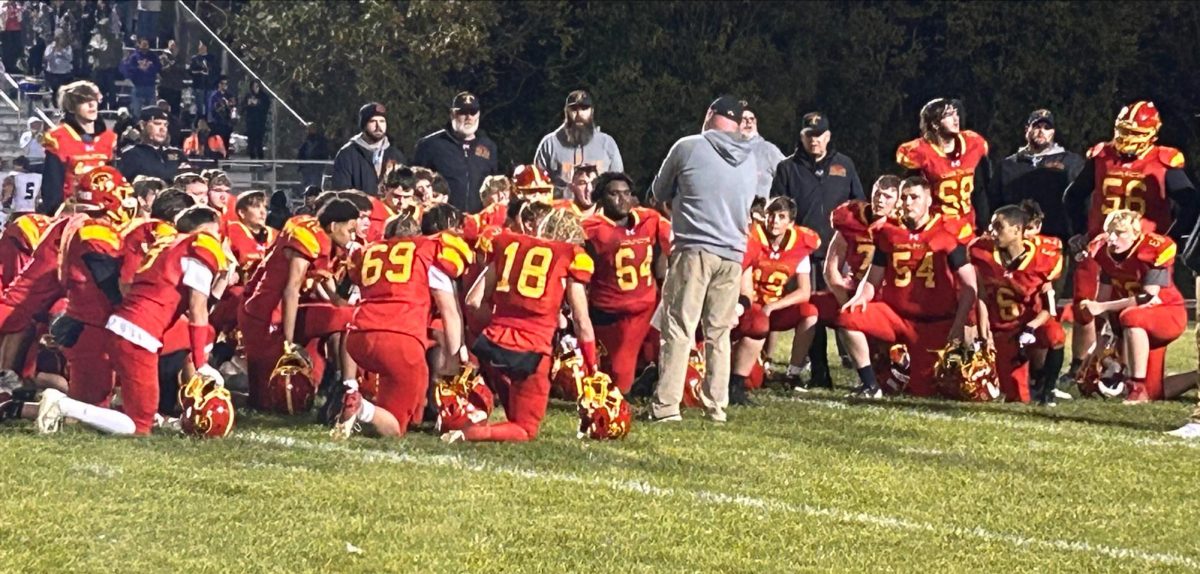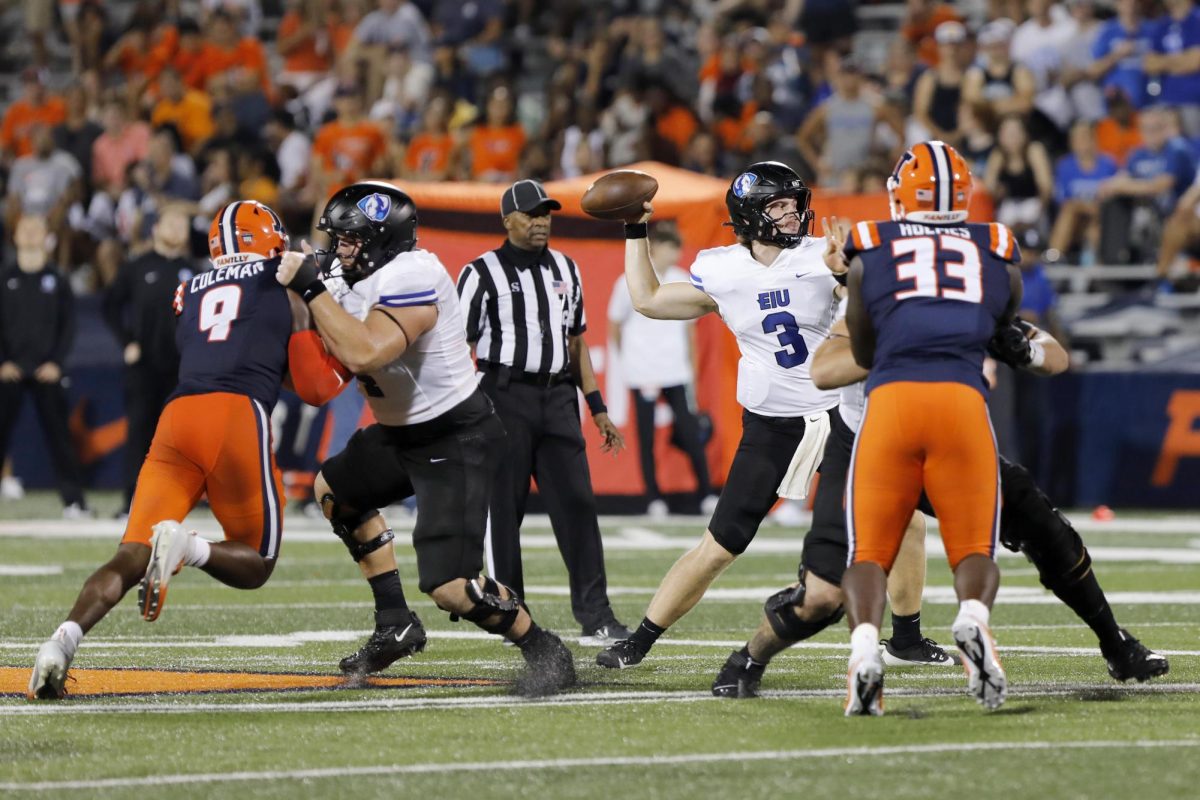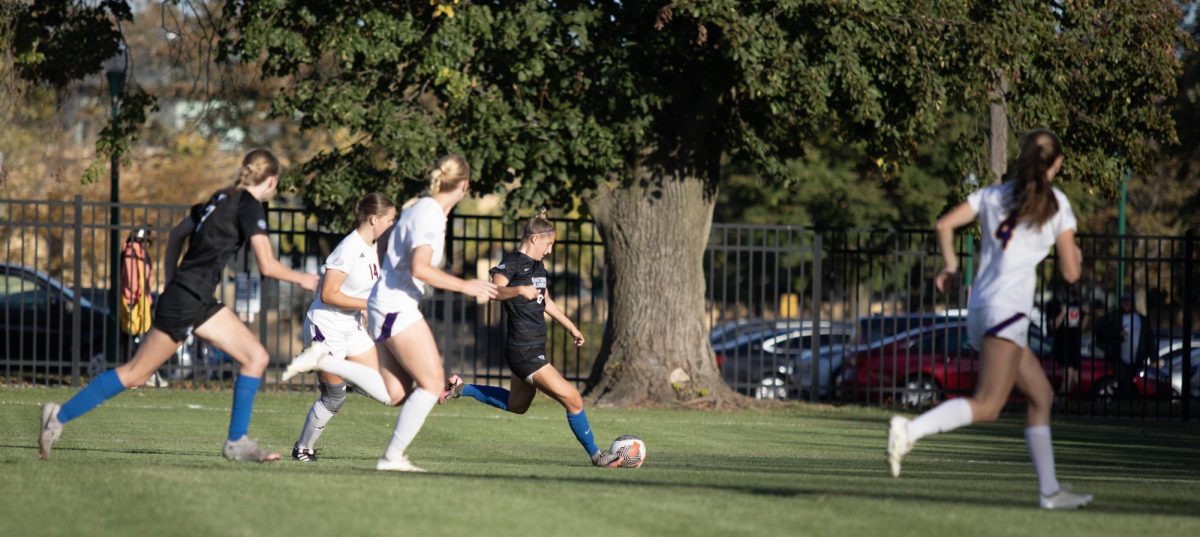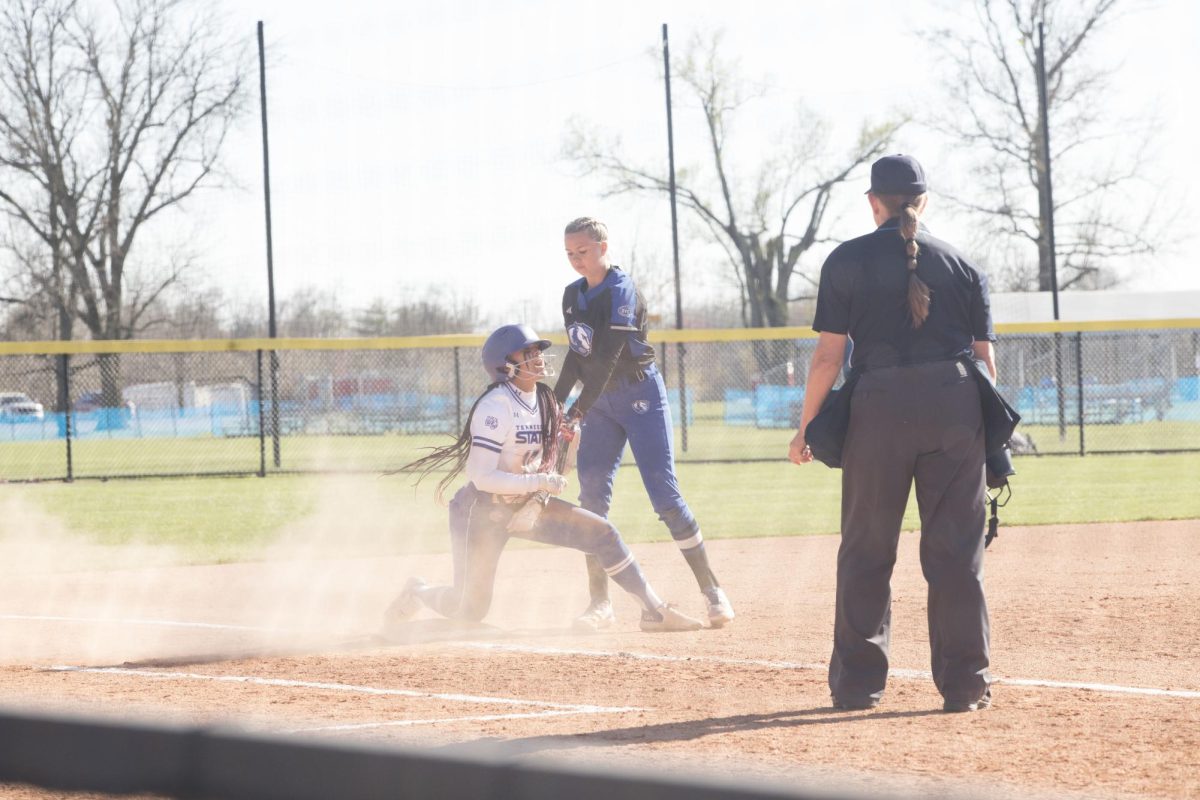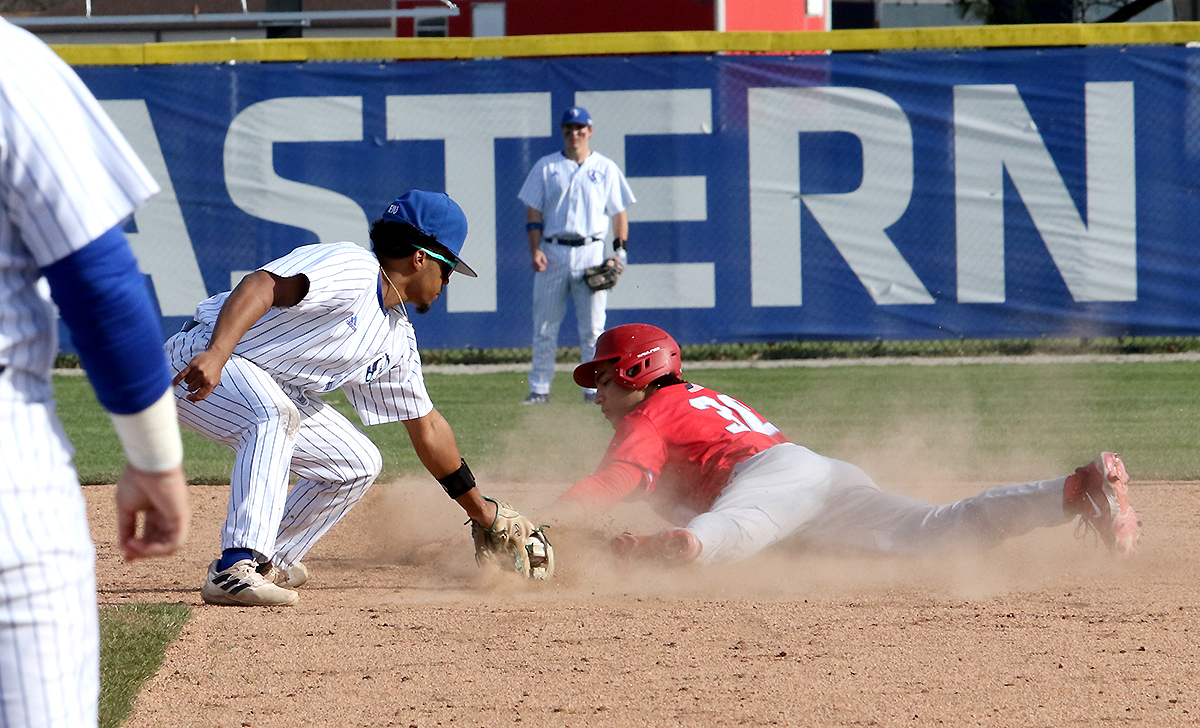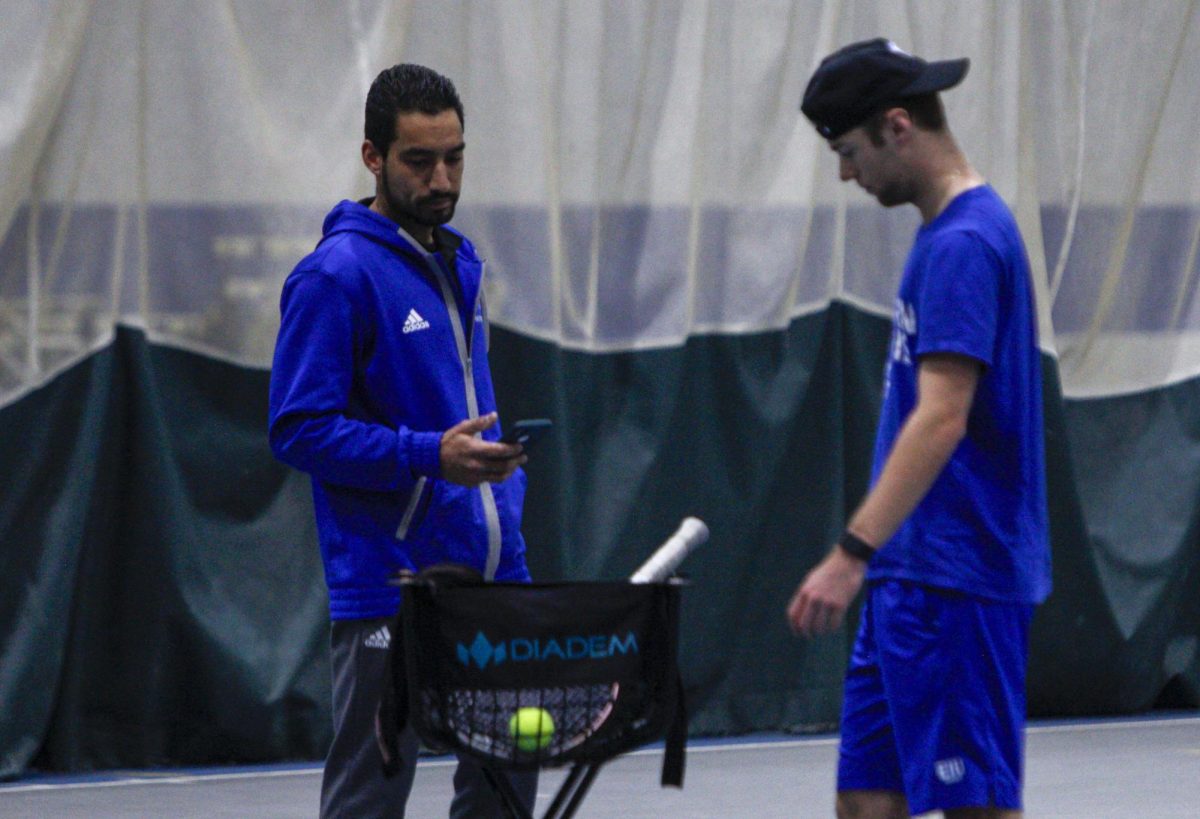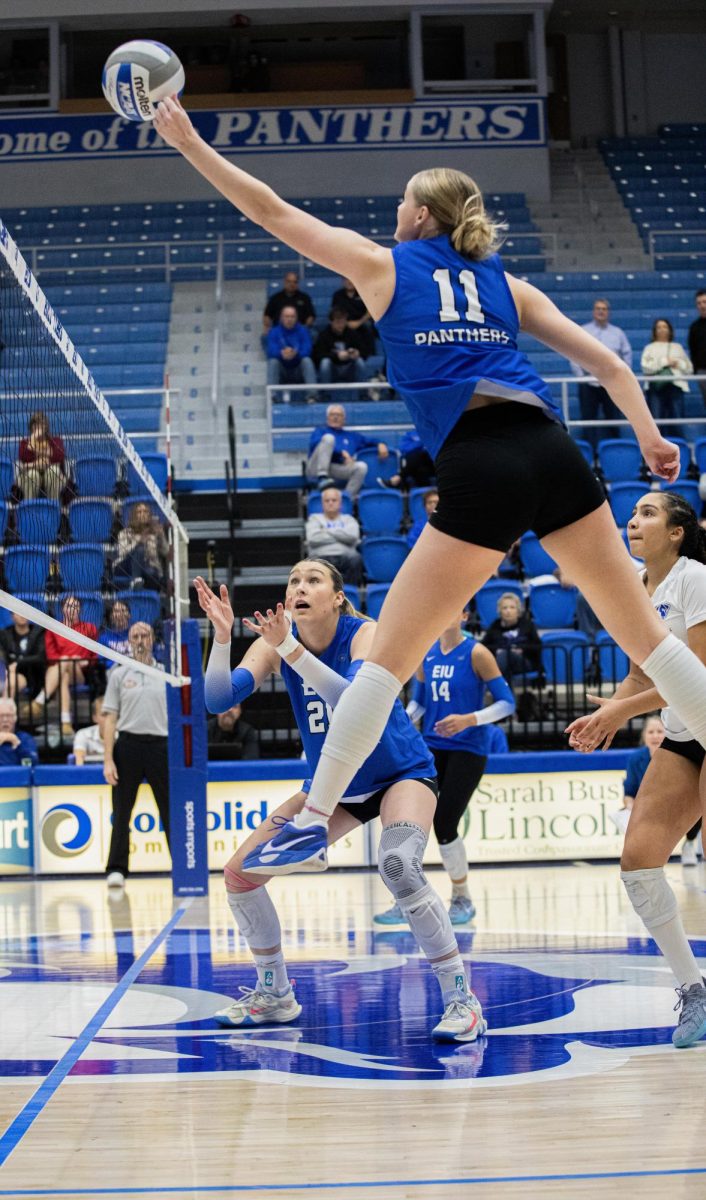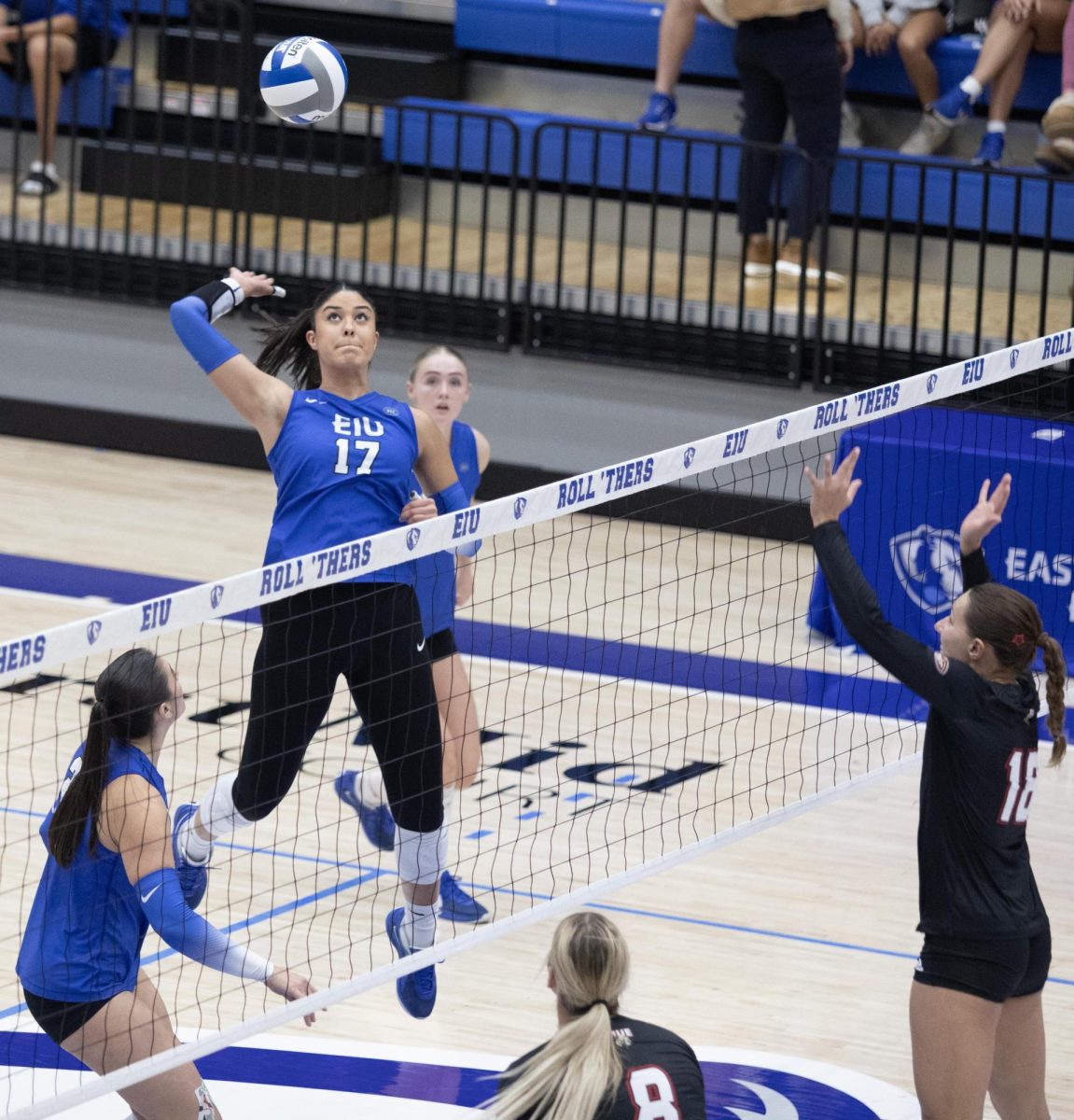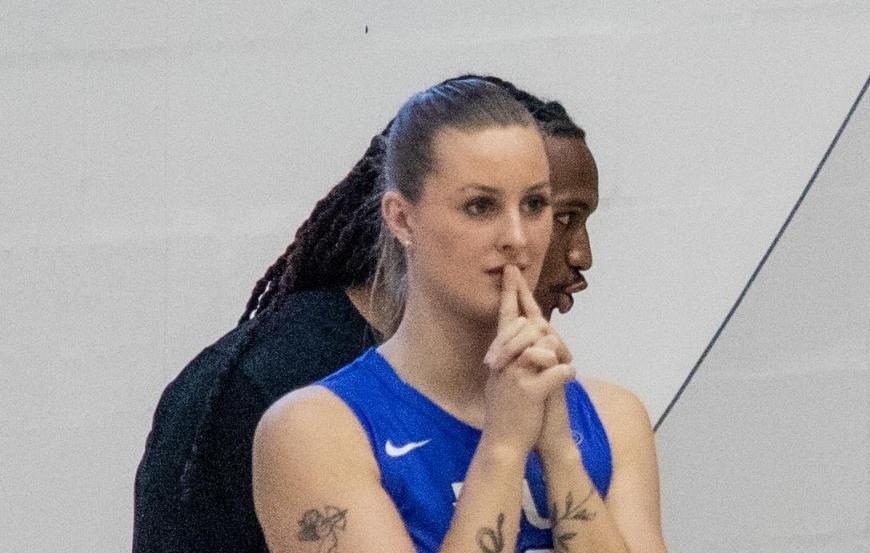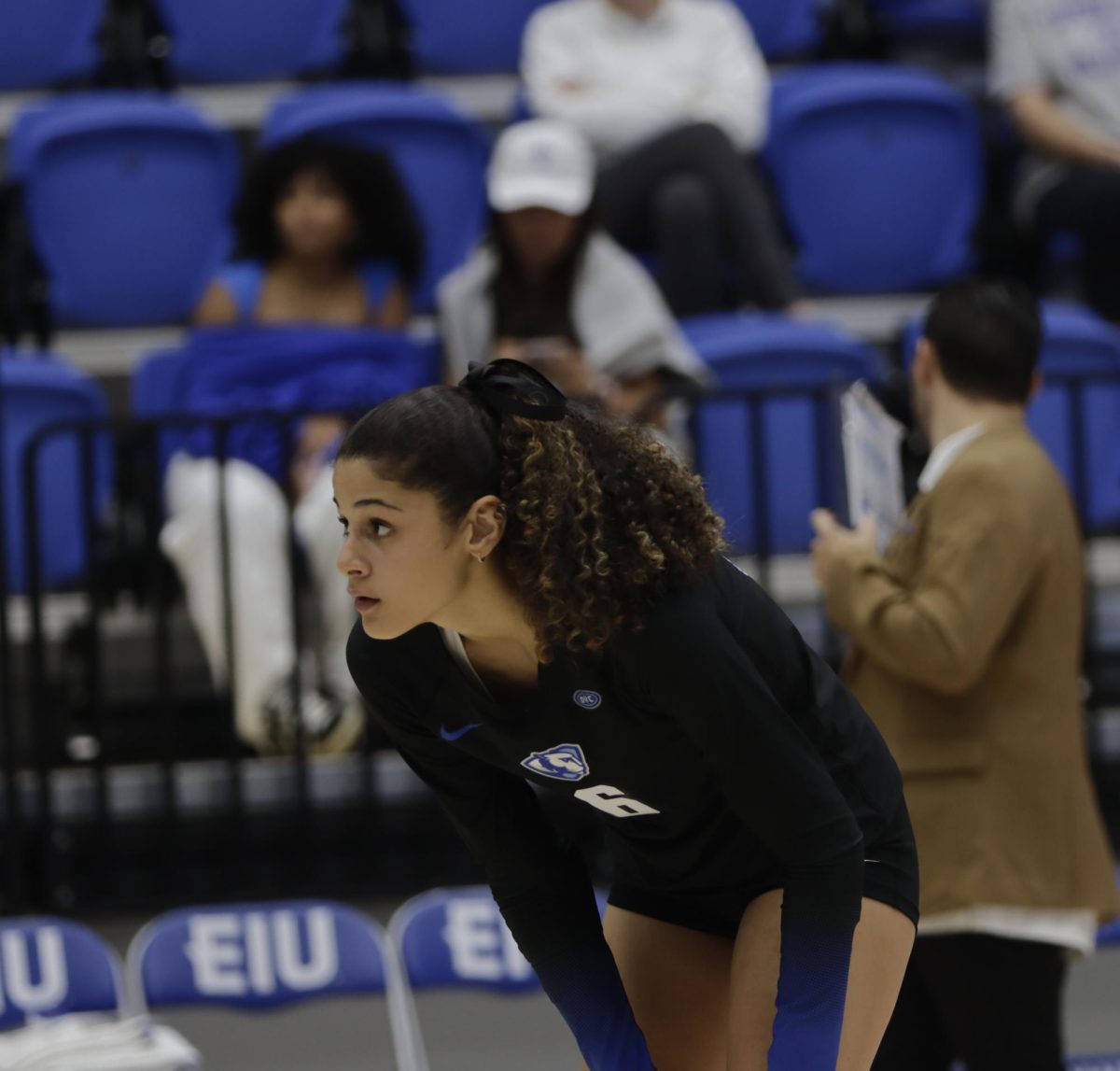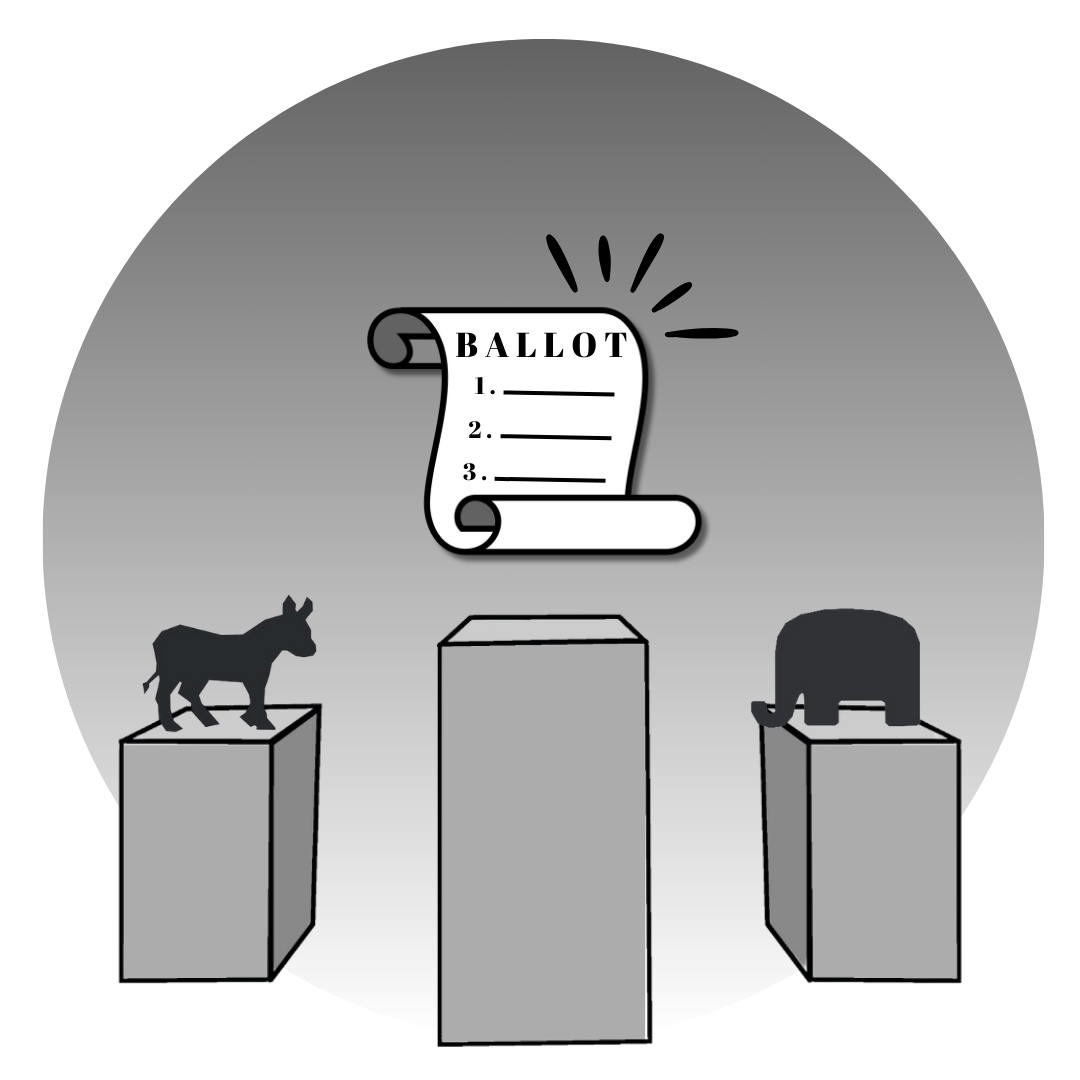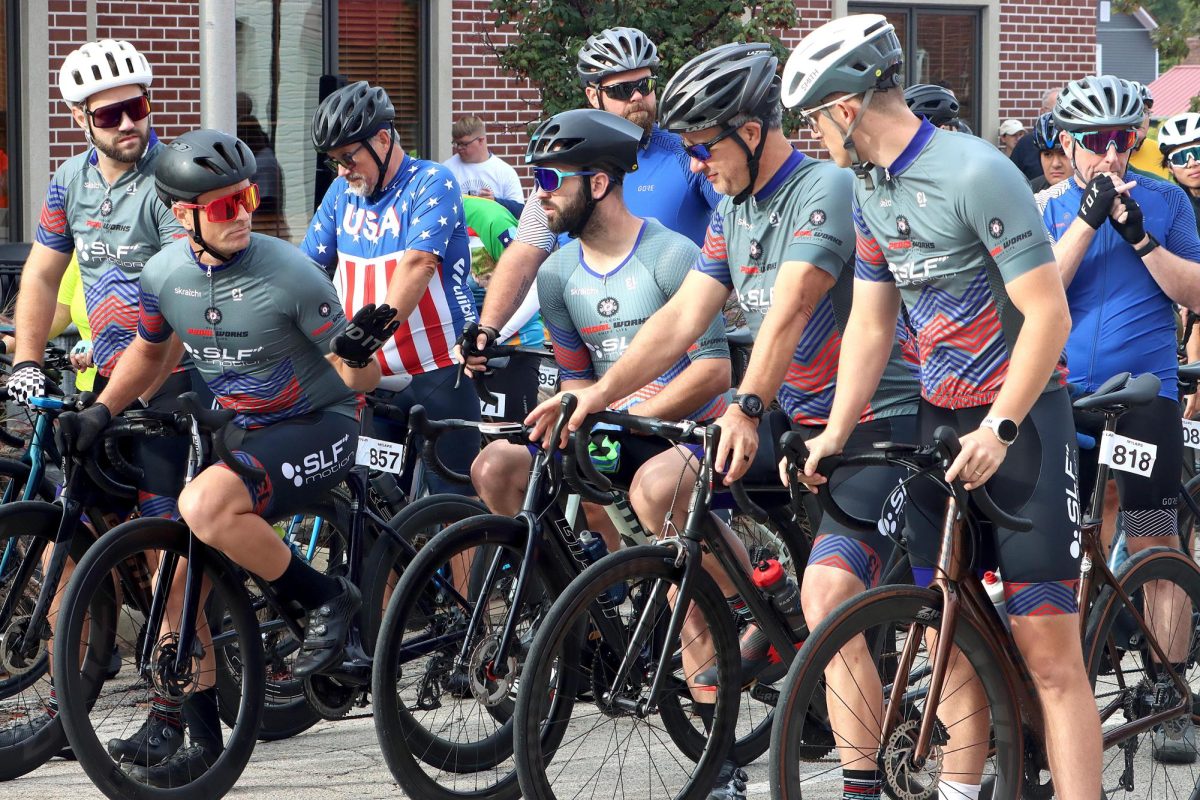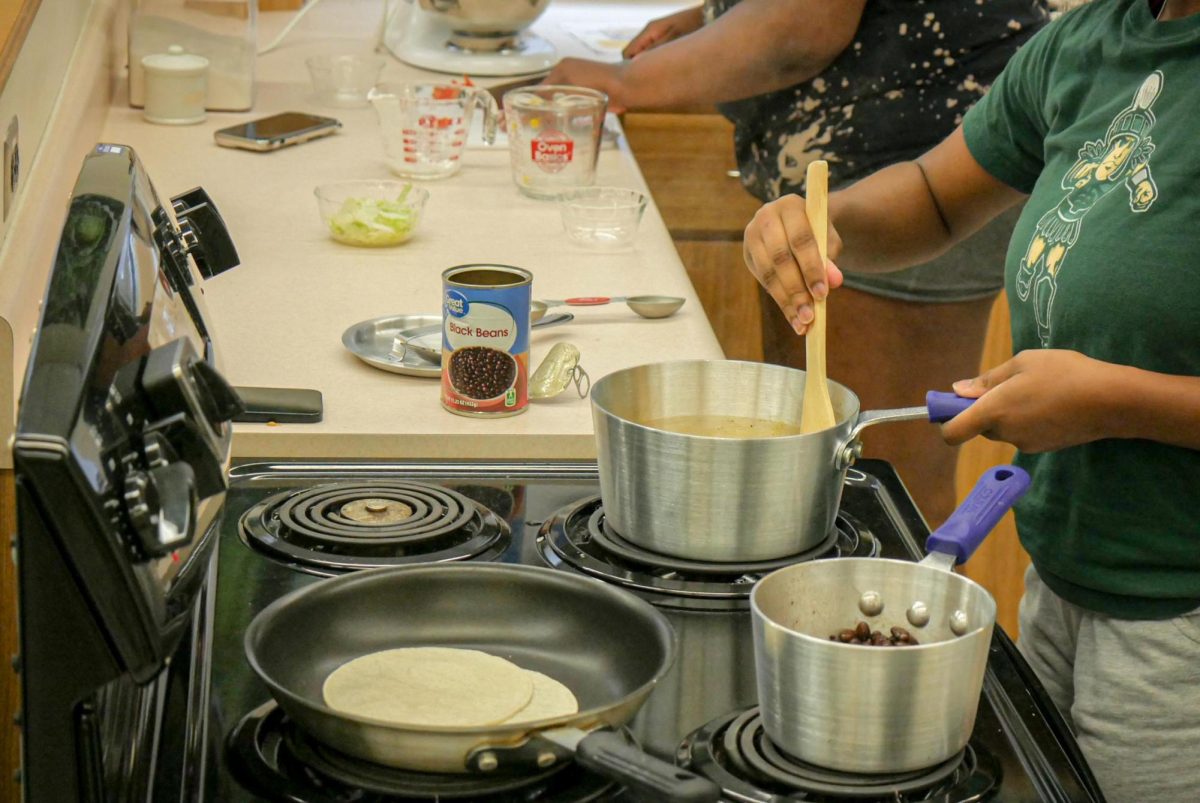Thought Bubble: Should the NFL consider two-way contracts?
May 15, 2023

Gridiron football is one of the most unique and exciting sports on the planet. Every year, hundreds of new players are drafted or signed as free agents into the top professional football league in the United States: the National Football League.
Sometimes these players are picked later on in the NFL draft and go on to dominate the league as a hidden gem (i.e. Tom Brady). Others, such as Jamarcus Russell, are thought of as top talents who end up being. . . less than spectacular to put it kindly.
One thing about the NFL draft that is interesting, though, is that players who are drafted into the NFL do not have anywhere else to develop their skills besides the dizzying and sometimes terrifying stage of a packed NFL stadium with millions at home watching them on their tv screens.
This can sometimes create draft busts who are thrusted into hopeless situations and/or never end up seeing the field to prove their worth because of some experienced veteran hogging all the snaps. And that’s no dig at the veteran players. Teams need to pick the personnel that best fits their ambitions as an organization.
However, that leaves this hypothetical player with some awkward choices: find a new team where you have to start all over again and risk everything, stay and try to win a role on the roster, or drop to a lower professional league (such as the CFL, XFL, USFL, you get my point).
But what if that was different? What if instead of these stricter options that allow for less guaranteed development and game time, what if the NFL adopted the concept of two-way contracts or loan deals to ensure players could still get valuable game experience while still under the banner of their original NFL team?
Welcome to the Thought Bubble. Now, before you click off this article and boo my name in the streets, let me explain.
Two-way contracts are common in sports like basketball and baseball which have incredibly developed minor league/developmental league structures that allow for players to take temporary two-way deals that send them down to these lower leagues to get game time and grow their skills while still being a member of their big-league club.
Essentially, a player on a two-way deal with the Chicago Bulls could still be a member of the team but play for the Windy City Bulls (Chicago’s G League affiliate team) to get much needed game time they might be missing if they were just crammed at the end of a bench. Normally, two-way contracts are limited to a certain period of time and/or allow for call-ups to bring players back to their first team.
Loan deals are another story, but an intriguing one, nonetheless. These are most common in professional soccer. What happens in a loan deal is that a player, like a two-way contract, is sent to another team for a limited period of time where they can play at this club for a little bit and get some valuable minutes before returning to their original club to continue their careers.
Loan deals are normally most seen in soccer since they are generally considered mutually beneficial. The “original” club gets the added benefit of letting their player develop without sacrificing a spot in their own rotation while the club accepting the loaned player gets the added benefit of potentially bolstering their roster in the now for relatively cheap.
But what does this have to do with the beloved game of football and the NFL? I’m glad you asked.
A standard football roster, according to www.lineups.com, is allowed to be between 60-90 players but has to be trimmed down to 53 by the beginning of the regular season. This doesn’t include practice squad rosters, but even then that only allows for a few more players to stick around.
And if 53 roster spots sound like a lot, consider that the NFL draft brings in around 255 players every season with slight variation according to Pro Football Reference. These players are lumped into every player currently in the NFL before roster cuts and trades are made.
Basically, the NFL replenishes its player base at an incredibly fast rate. And there’s only so many roster spots to go around before the regular season.
This will lead to some younger fringe players being cut in the preseason in heartbreaking fashion. It can also lead to some older players who struggle to show their true potential being cut, eventually feeling as if they may have never gotten the proper moment to showcase what they can really do.
Enter the plethora of professional football leagues that are not the NFL. You have the Canadian Football League that has been considered one of the most elite gridiron football leagues in decades.
You also have the spring leagues such as the XFL and USFL which are both enjoying moderately successful resurgences this year. And that doesn’t even account for the other various professional/semi-pro leagues like arena football (which helped produce former NFL MVP Kurt Warner) and more.
And let’s take the XFL this year and expand on its capabilities. As of Thursday, May 11th, the league has proudly boasted on its Instagram page that over 40 of its players (according to my count) have received NFL tryouts as the season comes to a close.
That’s almost enough players to fill a 53-player roster. Granted, many of those players will struggle to actually get a long-term deal, but the number of tryouts issued regardless emphasizes that the XFL (like its USFL counterpart) is capable of producing and/or maintaining NFL level talent.
So, what am I proposing? I believe that the NFL should consider allowing players, especially younger NFL players, the ability to sign two-way deals or loan deals to play in the CFL, XFL, USFL, or another of the professional/semi-pro leagues to get valuable gametime experience if a roster spot doesn’t seem to be available at the moment.
This would keep players fresh and prevent them from becoming bench warmers or from being cut too early. It would help them develop and hone in on their crafts. Athletes would have the ability to go at 100% game speed without the top tier NFL players and coaches putting incredible amounts of pressure on these individuals.
Clearly there are some logistical errors or potential flaws in this. For starters, “How many players would be allowed to go on loan or sign a two-way deal on any given NFL team?” Great question. I have no idea. Let’s just say for now that every NFL team would be allowed to send 15 players per season on loan/two-way deals.
“Won’t this potentially elevate the risk of injury?” Possibly. You could take a “Murphy’s Law” approach to this and essentially say the more you play these players, the more likely they are to get hurt before their potential NFL careers blossom.
However, to me, I still think there would be at least a decent number of players who would take the chance to get some real professional game footage on their tape to show to their teams and stay game-fit even if there is a risk of injury involved.
“If these leagues already send players to the NFL, why bother with this extra ‘unnecessary’ step?” Because having official partnerships would allow for the NFL to take a proactive approach to player development instead of waiting on a player to get cut from the league and have to claw their way back.
There are probably other potential negatives that would have to be hammered out like contract salaries and so on. However, I think that the potential positives outweigh the potential negatives.
In conclusion, two-way contracts and loan deals, in my opinion, would be something worth pursuing for NFL teams as a route for development of their younger/fringe roster players without having to sacrifice their own roster spots. And while there would be a ton of logistical things to figure out that I don’t want to bother with right now, I think it would still provide a unique opportunity for coaches, execs, and even players to get that crucial game time that is so important for the success of an NFL player.
Thank you for reading this week’s edition of Thought Bubble. Thought Bubble is a weekly reoccurring sports column that is designed to humorously discuss sporting ideas that, while perhaps ridiculous, are intriguing, nonetheless.



